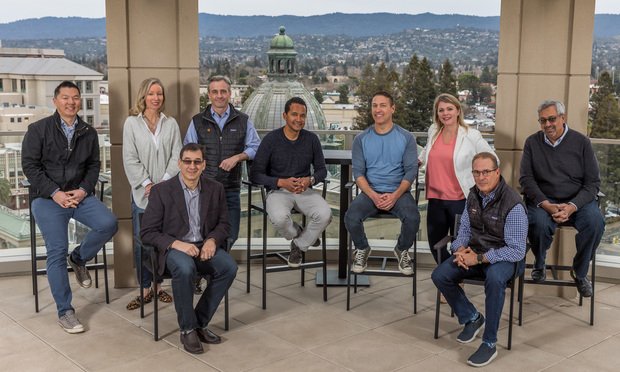Mention the words "infrastructure in Texas" and what might come to mind are highways and roadways. There is good reason for this; a quick study of a Lone Star State roadway map shows that much of the state centers around Interstate and federal highways between the major cities as well as loops around these cities to avoid congestion.
"Dallas and Houston are the poster children for growth that occurs around roadways and highways," comments John Sedlak, manager of rail passenger research for the Texas Transportation Institute. "These cities were very much driven by automobile travel as a primary means of transportation." What followed were what Sedlak calls "broad suburbs" unlimited by geographic constraints.
These days, those "broad suburbs" are being connected to CBD and other business and commercial real estate hubs, not with more roadways, but with light rail. ULI/Ernst & Young's infrastructure report points out that Texas is rethinking its "road-only" priority, with Dallas Area Rapid Transit (DART) leading the way with its 70-mile-long light rail system, the longest such network in the US. "In Dallas, companies start to relocate back from the fringes because their base of employees prefers a more carefree lifestyle and proximity," the report notes.
Green-friendly Austin also offers commuter rail—the 26-milelong Capital MetroRail, which was inaugurated in 2010. Nor is Houston a slouch in the light-rail department. Sedlak, who has been involved with Oil City's MetroRail, points out that Houston is behind Dallas with its approximately eight-mile light rail but is working to play catch-up. "Within two years, they'll have 25 miles of light rail in place," he says.
This is not to suggest that getting these rail lines up and running has been easy. MetroRail faced a two-decade political battle to get its first rail laid in 2001. DART didn't run into the same political issues as did its neighbor to the south. But the system has been pared back from the original 160 miles introduced during the early 1980s to a proposed 84 miles of light rail and 18 miles of commuter rail. Given the current economy and budgetary constraints, however, it's uncertain if this plan will be pared back as well. Austin, in the meantime, ran into its own troubles before its Capital MetroRail opened.
Political and budgetary concerns aside, can an auto-oriented culture adapt to public transportation such as that offered by DART and MetroRail? Certainly there are Texas drivers who refuse to leave their cars until steering wheels are pried from their cold, dead hands. Ridership figures in Austin, for example, have been anything but heartening—during fiscal year 2011, weekday ridership stood at about 1,600.
But Sedlak points out that the light rail has been accepted by the population in Houston and Dallas, and the numbers seem to back this assertion: DART's FY-2011 average weekday ridership was 71,600. Even in Houston, with its shorter line, MetroRail attracts an average weekday ridership of 36,250, ranking it as the 14th most-traveled light-rail system in the US, and the secondhighest ridership per track mile.
One proven way to create more riders involves transportationoriented developments. DART has succeeded in this endeavor—Mockingbird Station, just north of the CBD, offers stores, restaurants and residential properties within walking distance (or a short bus ride) of the light rail line. Furthermore, suburban cities such as Carrollton, TX are aggressively marketing land adjacent to light-rail stations to commercial real estate developers. Sedlak says Houston wasn't quite as proactive in terms of setting aside land around light-rail stations for development. However, "direct response to the implementation of light rail has led to well over a billion dollars in new development, commercial and residential, that has occurred within a quarter-mile of the stations," Sedlak says.
Even with the benefits that the light rail systems in Houston and Dallas are offering their riders, challenges loom, mainly in the area of funding. Building and expanding rail systems require more taxes on the local population. Sedlak also says that, while the federal government provides funding for transportation projects, there are limitations on that funding, not to mention competition from other cities in the US for a piece of the transportation dollar pie.
Sedlak suggests one way to deal with the funding and revenue issues is to encourage more development around light rail stations and nearby, with the transit agencies receiving some of the revenue of those developments. Many of the developers might be willing to go in this direction, he notes. "They understand that relationships with transit-oriented developments leads to improvement in land values."
© Touchpoint Markets, All Rights Reserved. Request academic re-use from www.copyright.com. All other uses, submit a request to [email protected]. For more inforrmation visit Asset & Logo Licensing.






